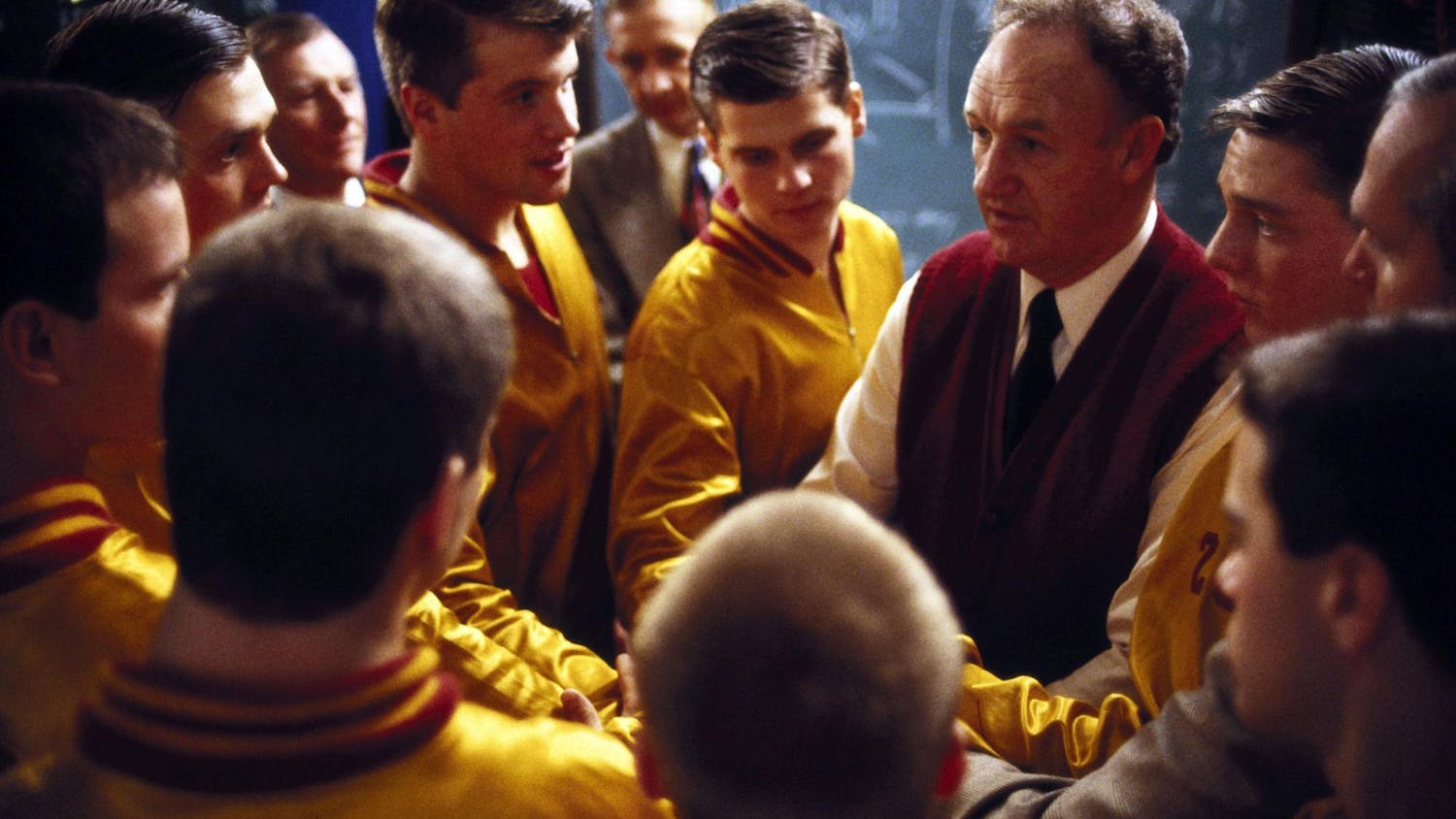Award-winning songwriter Beth Lodge-Rigal leans forward and with an excited voice, describes the "ripple effect" she hopes to initiate by teaching the Bloomington branch of classes called Women Writing for (a) Change. \n"Women at different phases are hungry to be in touch with their own stories, power, voice and words," Lodge-Rigal said. "So many things in our culture suck that out. So much self is pulled away. ... (The women) can take (what they learn) into their work lives and home lives and have a 'deepening.' It seems idealistic, but that's what happens. People take it and give it to someone else."\nJan. 24 will mark the beginning of the second semester of Women Writing for (a) Change in Bloomington, but the original organization has been growing since its founding in Cincinnati in 1991, when created by Mary Pierce Brosmer. \nBrosmer said the inspiration began in her 1950s childhood, out of her family's kitchen, her Roman Catholic church and school in which she discovered a "paradox of silence and voice," according to the organization's Web site, www.womenwriting.org.\nIn Bloomington, the classes are almost full for the spring semester. Two classes are offered; last semester there was only one, but the rise in interest prompted Lodge-Rigal to expand offered classes. The program also includes "read-arounds," which are open to women in the community as a way for them to interact with the group. \n"Plus, there's a lot of amazing food involved." said Kit Willihnganz, a workshop student who did the read-arounds. "Anytime that many women get together to celebrate their lives and their words, you know there's going to be great food."\nThe attraction of the class, said participant Marsha Roberts, is the high level of acceptance one finds within the group, the non-critical atmosphere, and the flexible time commitment outside of class. Roberts moved to Bloomington from Boise, Idaho last April.\n"I began to feel as though I could belong in Bloomington," Roberts said, "that there were like-minded people here and I could find them. I became more open to new experiences and new friendships." \nLodge-Rigal said she believes what separates this group from other writing groups is the very non-critical atmosphere. \n"I see this as an antidote to the writing workshop models that have 'dog-eat-dog' qualities," she said.\nShe said people can come from those workshops feeling silenced, but that her workshop can work in tandem with the academic atmosphere of writing. Instead of focusing on criticism, she wanted to focus on the process of finding an "authentic voice." \nCreating a safe and supportive atmosphere is a high priority for Lodge-Rigal. As the instructor, she said to avoid the competitive nature creative writing classes can breed she tries to "carve a space to explore." To do that, the class includes rituals at the beginning, like passing around a candle and spiritually setting one's intentions as though setting a goal, and then large group readings and small group discussions. The smaller group discussions are the most important, and about an hour and a half are spent in these groups. \n"(It) became part of how we achieved that peace," said Willihnganz about the tight structure of the class. "Each action -- the opening poem, passing the candle, the check-in -- became predictable and helped us move into a space where we could get in touch with what we needed to say." \nIn this way, the physical space becomes very important for women like Victoria Rogers, a former elementary school principal and past participant. \n"(It was) safe, warm, healing, powerful; a home for my wishes and dreams as a writer and as a woman," she said about the environment of the meetings.\nShe said the physical carving of space is accompanied by writers learning to carve a space for their own writing. Over the semester she discovered what she called "the purity of poetry," and from there grew to write regularly and with added depth and skill. \n"(From one another) gathered strength and the courage to write about things that matter," she said.\nThe form and subject of "things that matter" varies according to the writers in the class, said Lodge-Rigal. While she might bring writing prompts, the forms and subjects of the writing encompass a broad spectrum, from poetry to memoirs to short stories. Last semester, the class included an author working on a novel about the life of Chief Joseph.\nWillihnganz also commented on the diversity of the group and their work. \n"There were all sorts of different women," she said. "I was the youngest -- only 23 -- and I think the oldest was in her seventies. Some of the women were seasoned writers and some had never written anything. One woman wasn't even sure she could give feedback. One woman in my class was working on a novel and another was writing advertising for her business. Some wrote very serious pieces about deep, universal issues, and some wrote silly, surrealist stories."\nParticipants include some published writers, but mostly what Lodge-Rigal describes as "ordinary creative women." When asked why the class was aimed at women, she said the program could certainly benefit men as well, but for now it was centered on women because they are "still in crisis in terms of identity, power, and how to find their voice."\nIn the Web site, Brosmer called "art the bridge between the inside and outside," and for two and half hours a week, once a week, Lodge-Rigal hopes to help women cross that bridge. \n"A woman at the first class was just trembling," she said. "She said she didn't even consider herself a writer. But the first time she read, we gasped. It was all there! At the end of fifteen weeks her confidence was transformed."\nRogers offered advice to women considering the class. \n"Be prepared to change," she said. \n-- Contact Staff Writer Janice Neaveill at jneaveil@indiana.edu.
women discover inner author
Women Writing for (a) Change empowers members to find their voice, one word at a time
Get stories like this in your inbox
Subscribe





